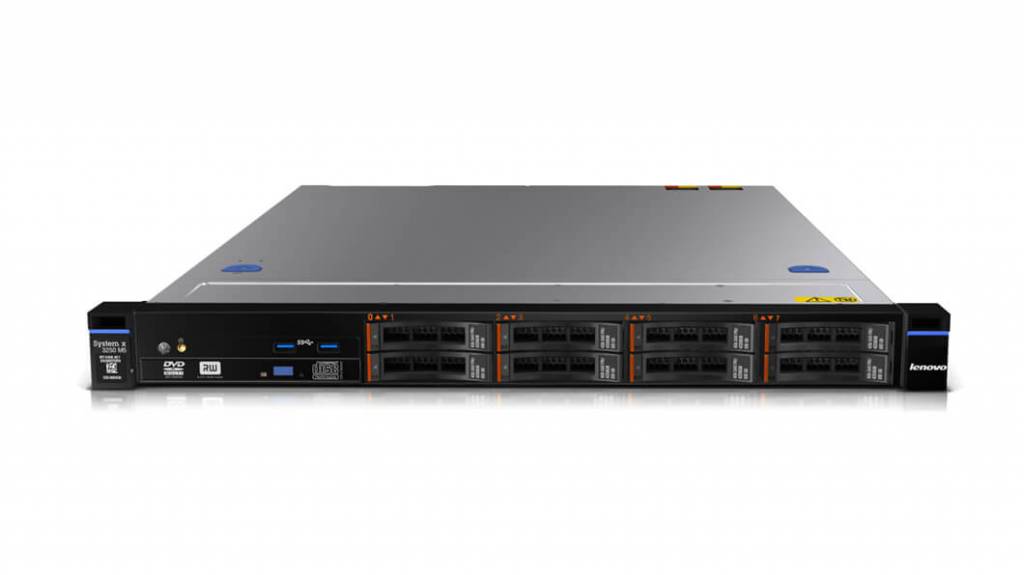11 Ways Rack Servers Can Improve Your Data Center Efficiency
The requirements that are put on the data centers are increased, and the operations managers often look for opportunities to increase the capacity and efficiency of the data centers. It is possible to get far more value from humble rack servers than many organizations have ever dreamed of, as long as they use it properly. New rack server features, changing trends in design, and innovation in packaging provide these appliances with greater compute density while occupying less space and consuming less energy. Join us as we move on to discover eleven ways in which you can get more from your rack servers.
1. Processing Requirements
It is therefore important when making procurement decisions on your rack servers to avoid over-provisioning. New units should be specified with an eye on the current and projected workload for the next three years. Avoid over-purchasing of CPU, RAM, and storage by restraining yourself from purchasing unnecessary high-end features. Specific layouts designed for a specific function mean that it can be cheaper to acquire and also cheaper to power.
2. Server Shelves to Increase Density As It Can Offer Advantages
Server shelves and cages are a way to stack low-priced rack servers vertically within the already-outlined areas. When incorporating additional complexity, densities up to 25 kW per rack can be realized. This strategy negates real estate issues usually encountered when using more space-confined data centers. Just make sure to factor in the cost of robust racks and sufficient cooling for limited-size server farms.
3. Explore Rapid Deployment Rails
Rapid deployment rails designed specifically for this application allow the technicians to access rack servers more quickly than with traditional slides while simultaneously ensuring that the technician is not at risk of injury or causing damage to some component in the process. Rails designed for this purpose avoid falling, make it easy to clean or update the servers and the rails for connectors can realign themselves each time the server units are returned to their position. The result: more precise time, more time on-line, plus optimized OPEX for efficient maintenance.
4. Rack PDUs Configured at Nominal Values
Large-frame rack PDU units are costly; hence, optimize them in terms of the actual power requirement of servers or growth factor. Posts related to nameplate power draw ratings can be misleading and yield significantly higher real consumption. With the measurement of the usage rate of your particular hardware and the purchase of PDUs, you are well protected from purchasing excessive breaker capacity and unnecessary circuits.
5. SD: Integrate Both High-Density and Low-Density Racks into The Store
Pack less intense appliances, such as Ethernet switches, sparingly into low-density rack space that is away from crowded server racks. This physical segmentation helps avoid expensive over-provisioning of power and cooling to racks that do not necessarily need it. This approach will reduce the contrast significantly and help you increase efficiency significantly, while making the capacity planning easier and sparing less demand-intensive components from hot zones of the data center.
6. Implement Containment Loops to Re-Circulate the Wasted Air
This may seem counterproductive and inefficient since hot exhaust air is mixed with cooled inlet air almost instantly in a rack environment. Containment systems manage hot air directly to the CRAC intakes using ducting systems or aisle partitions. There is no doubt that making certain that the right components exist in contained zones is a worthy reward for efficiency. Apropos, it is possible to achieve remarkable gains by redesigning what otherwise could only be considered wasted air.
7. Another Environmental Approach That Should Be Applied in The Building
Water allows direct liquid cooling of the parts within the high-density racks with no requirement for any dangerous refrigerant. Although plumbing complexity hampers general use today, applying rack servers with WBs at the rear is a targeted and highly effective approach. Intense heat elimination occurs quietly at the source.
8. Incorporate Computational Fluid Dynamics Modeling
In this way, CFD simulations that managers use for modeling identify pathway improvements for rack cooling that may be otherwise hard to figure out before a problem arises. You can then confidently deploy containment measures, such as directional vent tiles or perforated floor panels, that can make a difference in the result before you go for expensive retrofitting if things are not going right in the future.
9. Consolidate Applications Through Virtualization
Aggregation of server-based applications on the number of Virtual Machines decreases rack servers and thus, lowers capital expenditure, energy consumption, and heat generation. However, size the VM hosting hardware appropriately and ensure that the funds are dedicated to gaining powerful cores to avoid compromising on performance. It is important to note that often, when the planning is done right, significant consolidation gains are achieved without the need for any sacrifice in usage.
10. Discover Open Compute Designs to Save at Scale
It will be possible for large operators to realize drastic measures of efficiency by means of open compute standards that do not follow conventional server design rules. Standard designs initially used at Facebook are now generalized through the Open Compute Project, showing sylized lean flexible rack servers for homes optimized for material use by specific tasks. Volume direct-order benefits combined with cooling requirements increased at higher levels to yield actual cost savings at hyper-scale.
11. Take Cleaner Power Sources as Available
Additional ecological impacts can be diminished in some data centers through the purchase of solar, wind, geothermal, and hydropower. At the premises level, on-site energy sources such as photovoltaic systems do not even incur transmission losses in the electricity grid. Seek out cleaner sources, or those who can provide direct renewable feeds, in an effort to reverse the clock on your shop’s negative sustainability impacts.
Final Thoughts
Due to these new challenges, data center managers are pressed for space, power budgets are increasing, and heat rejection costs are on the rise. Making more of your existing rack servers makes perfect sense. While the layout, cooling strategies, rail kits, and cabling may require smart, small adjustments, there is no need to engage in risky core infrastructural changes or significant investments. If people are planning new data centers or just moving the hardware to new rooms, it is possible to achieve even more significant efficiencies by applying the best industry practices.














